Walking into a classroom today feels like stepping into a different universe, with its smart boards and hand sanitizer stations replacing the familiar sights and smells we grew up with. Back in our school days, education came with a distinct sensory experience that started the moment you pushed through those heavy wooden doors. The air was thick with chalk dust, paste fumes, and that indefinable school smell that somehow managed to be both comforting and slightly nauseating at the same time.
1. The Blackboard Erasers That Created Dust Storms
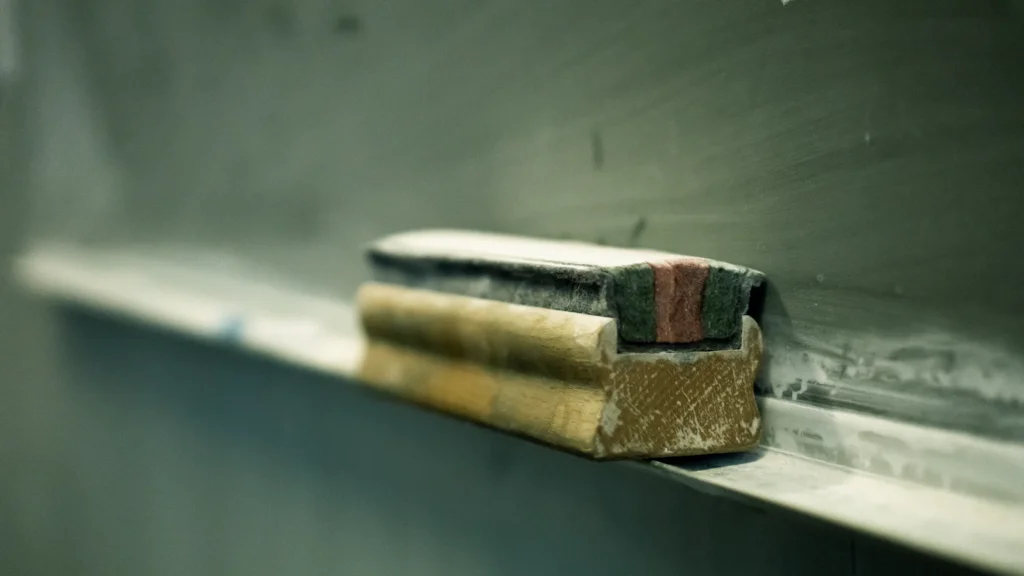
Those felt rectangles trapped between wooden blocks were both weapons of classroom warfare and essential teaching tools that left everyone coughing. Clapping two erasers together outside created satisfying clouds of white chalk dust that drifted on the breeze like educational snow. The unfortunate student assigned eraser duty would emerge from the task looking like they’d been dusted for fingerprints, wearing a fine coating of yesterday’s lessons.
Teachers wielded these dusty rectangles with the precision of artists, knowing exactly how much pressure to apply for a clean sweep across the board. The rhythmic sound of eraser against blackboard became the percussion section of our educational soundtrack, punctuating lessons with squeaks and scratches. Getting hit by a flying eraser was both terrifying and strangely thrilling, a reminder that teachers had excellent aim and little patience for classroom disruptions.
2. The Mimeograph Machine’s Purple-Inked Worksheets
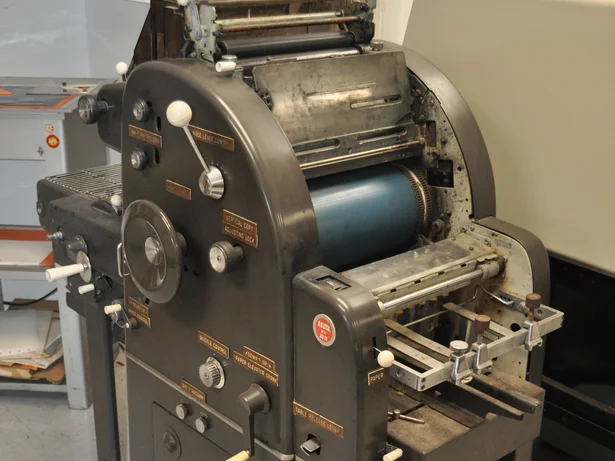
Those slightly damp papers with their distinctive purple ink were handed out warm from the machine, carrying that sweet chemical smell we all secretly loved. You’d hold the worksheet close to your face, breathing in those intoxicating fumes that probably weren’t doing your developing brain any favors. The purple text was often smudged or faded on one side, creating worksheets that looked like they’d been printed by a tipsy ghost.
Teachers would crank out dozens of copies on that mysterious machine that lived in the supply closet, emerging with ink-stained fingers and that telltale purple smudge on their clothes. The smell was so addictive that getting a fresh worksheet felt like receiving a small gift, even if it was just another math drill or spelling test. Those purple-tinted memories are permanently etched in our minds, along with the knowledge that we probably inhaled enough chemicals to glow in the dark.
3. The Film Strip Projector and Its Mysterious Beeps
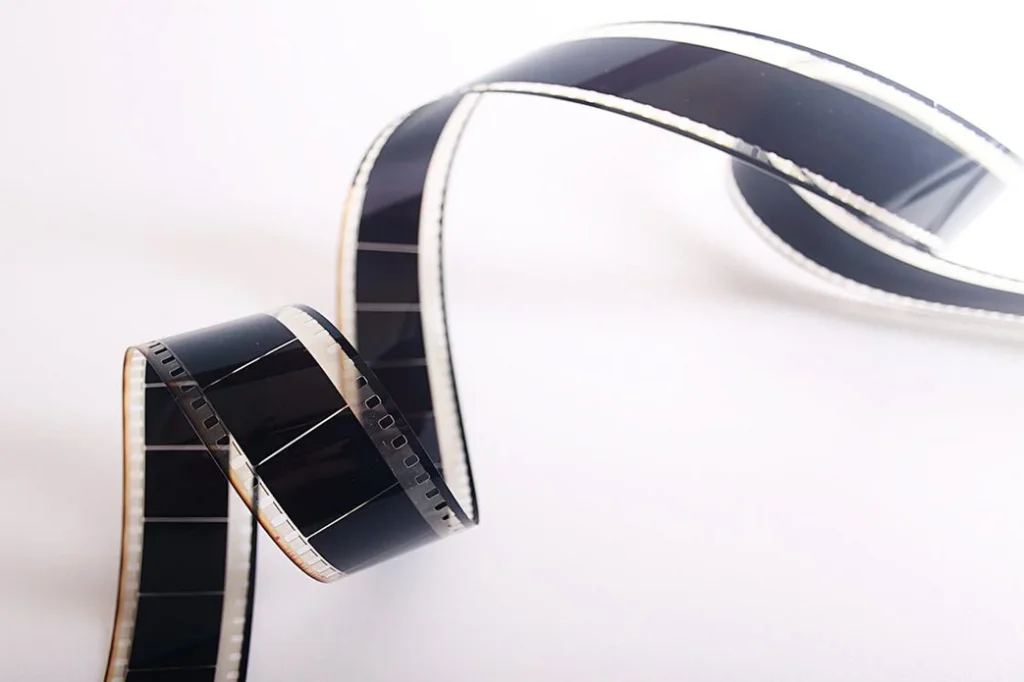
That mechanical marvel transformed darkened classrooms into magical theaters, complete with the rhythmic click-whir-beep that signaled time to advance to the next frame. The projectionist, usually the teacher’s pet or the kid who actually paid attention to instructions, would carefully thread the filmstrip while everyone else whispered in the darkness. The distinctive beep became Pavlovian conditioning for turning pages in our accompanying booklets, even when half the class was already three frames behind.
Technical difficulties were part of the charm, with upside-down images, backwards filmstrips, and the occasional meltdown when someone advanced too quickly. The smell of warm plastic and dust from the projector’s fan mixed with the excitement of watching grainy images about everything from dental hygiene to the American Revolution. These educational movie days felt like special treats, even when the subject matter was as dry as the chalk dust coating our desks.
4. Paste in Little Glass Jars with Rubber Spreaders
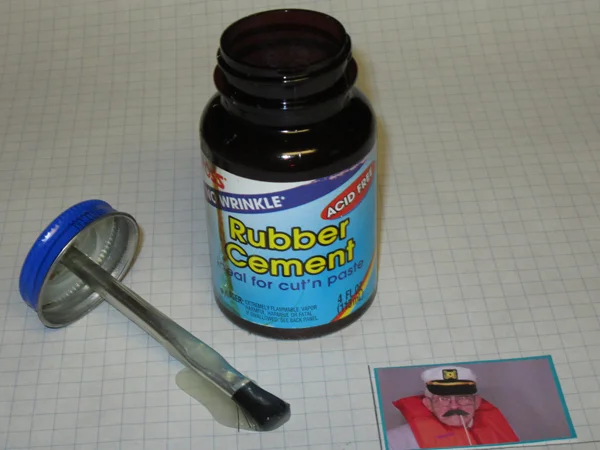
Those miniature glass containers held a white, gooey substance that somehow served as both adhesive and snack for the more adventurous students. The rubber spreaders, flat and flexible, were perfect for creating smooth applications of paste or for flicking at unsuspecting classmates when the teacher wasn’t looking. The sweet, slightly medicinal smell of paste became synonymous with art projects and the creative chaos that ensued.
Everyone knew at least one kid who regularly sampled the paste, claiming it tasted like vanilla pudding, though the rest of us were content to simply inhale its distinctive aroma. The glass jars with their metal lids created a satisfying pop when opened, and scraping the last bits of paste from the bottom required serious dedication and creativity. These simple containers taught us the art of conservation and the importance of not wasting school supplies, even if they did occasionally end up as impromptu meals.
5. The Hand-Crank Pencil Sharpener Mounted on the Wall

That cast-iron beast bolted to the classroom wall demanded both technique and patience, grinding away at pencils with mechanical determination. The satisfying crunch of wood and graphite being transformed into perfect points was music to our ears, though the occasional pencil sacrifice to the sharpener gods left us with nothing but a metal ferrule and eraser. Getting up to sharpen your pencil was a legitimate excuse to stretch your legs and show off your sharpening skills to the class.
The rhythm of cranking created its own classroom percussion, and everyone developed their own technique for achieving the perfect point without breaking the lead. Teachers could identify chronic over-sharpeners by the pile of wood shavings at the base of the sharpener and the suspiciously short pencils in their possession. The mechanical precision of these devices put modern electric sharpeners to shame, though they occasionally claimed a finger or two from overly enthusiastic students.
6. Wooden Desks with Hinged Tops and Inkwell Holes
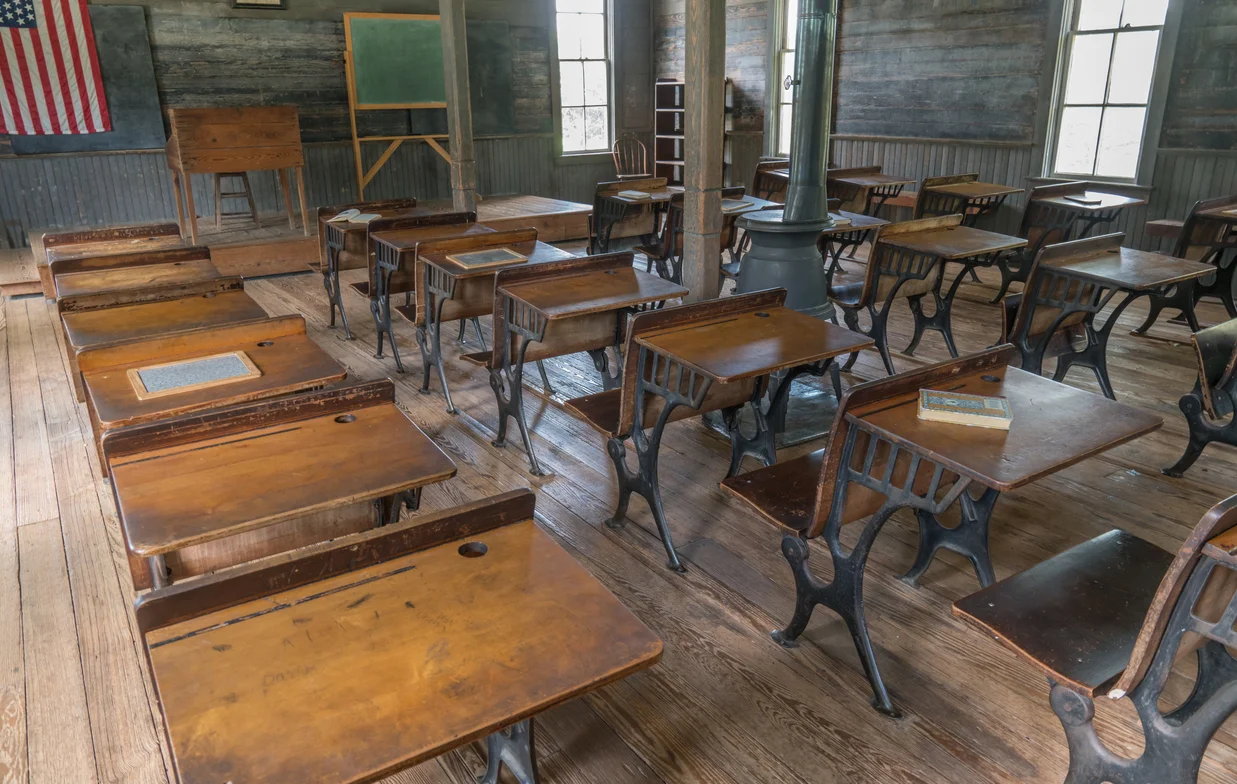
Those solid wood fortresses served as both furniture and personal storage units, complete with mysterious stains and carved initials from previous occupants. The hinged desktop opened to reveal a treasure trove of forgotten assignments, broken crayons, and mysterious items that had been lost since the beginning of the school year. The little round hole in the upper right corner was a relic from fountain pen days, though we used it for storing everything from paper clips to small toys.
The desktop doubled as a percussion instrument during boring lessons, and everyone mastered the art of the silent desk-slam when frustration levels peaked. These sturdy pieces of furniture could withstand decades of student abuse, developing character marks and stories that connected generations of learners. The smell of old wood and childhood dreams seemed to emanate from every scratch and dent, creating a tangible link to the students who sat there before us.
7. The Library Card Catalog with Tiny Wooden Drawers
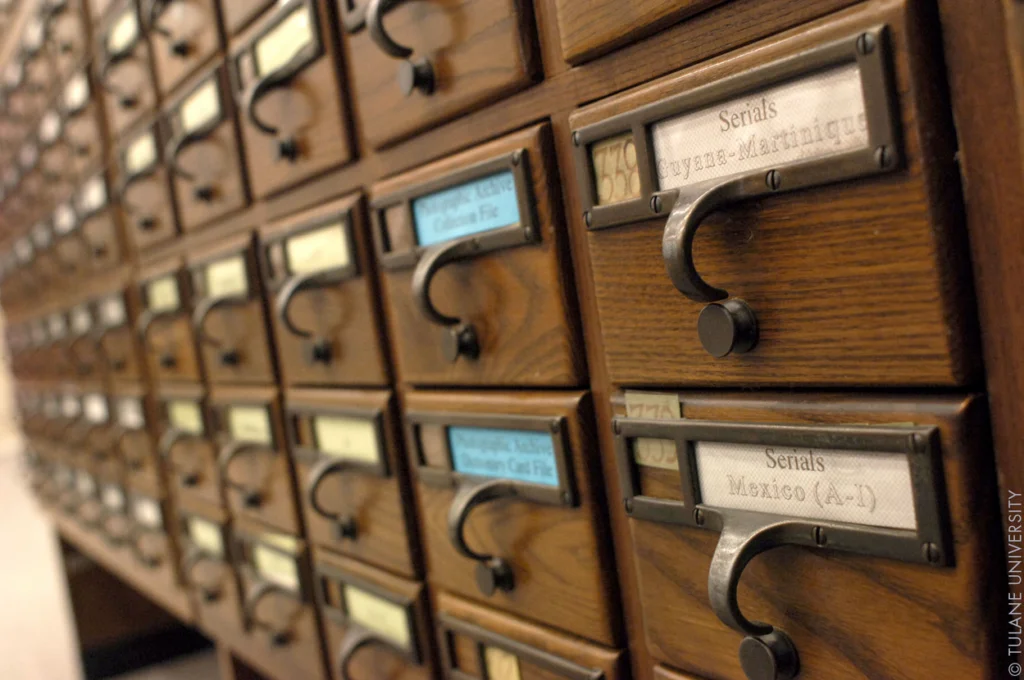
Those rows of small drawers held the keys to the entire library kingdom, each card meticulously typed and filed according to the mysterious Dewey Decimal System. Pulling out a drawer required finesse to avoid spilling hundreds of cards across the floor, and finding the right book meant mastering the art of alphabetical navigation. The satisfying slide of wooden drawers and the flutter of index cards created a symphony of research that Google could never replicate.
Each card was a tiny work of art, typed on heavy cardstock with all the essential information needed to locate literary treasures throughout the library’s maze of shelves. We learned patience and precision, carefully copying call numbers onto scraps of paper and hoping we’d deciphered the librarian’s organizational system correctly. The tactile experience of rifling through cards, feeling their edges, and reading the faded type connected us physically to the search for knowledge in ways that digital searches never could.
8. Ditto Sheets and Their Intoxicating Chemical Smell
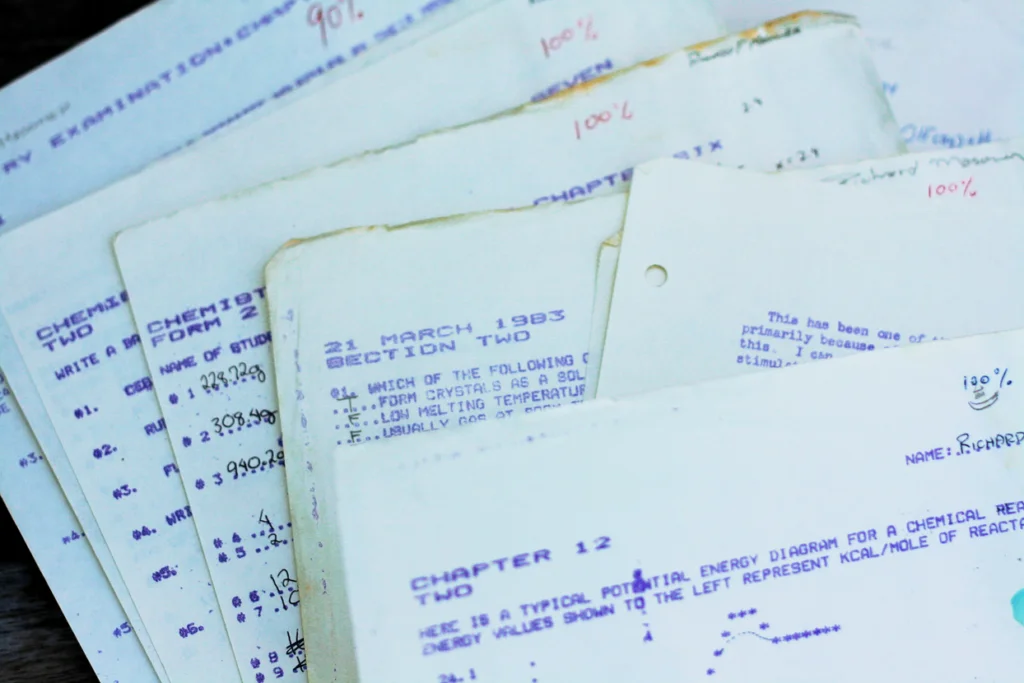
Those blue-tinted worksheets emerged from the ditto machine with a distinctive smell that was somehow both concerning and irresistible. Students would literally line up to receive their copies, holding them close to their faces to inhale that sweet, chemical perfume that probably violated every modern safety regulation. The blue ink had a habit of smudging if you weren’t careful, leaving telltale marks on fingers and clothing that announced you’d been working with ditto sheets.
Teachers would warn us about the wet ink, but the temptation to smell that intoxicating aroma was too strong to resist for most students. The slightly damp paper and fading blue text created worksheets that felt fresh and immediate, even if the content was just another grammar exercise or math problem set. These chemical-scented memories are permanently embedded in our minds, along with the vague knowledge that we probably shouldn’t have been huffing our homework.
9. The Overhead Projector with Clear Plastic Sheets
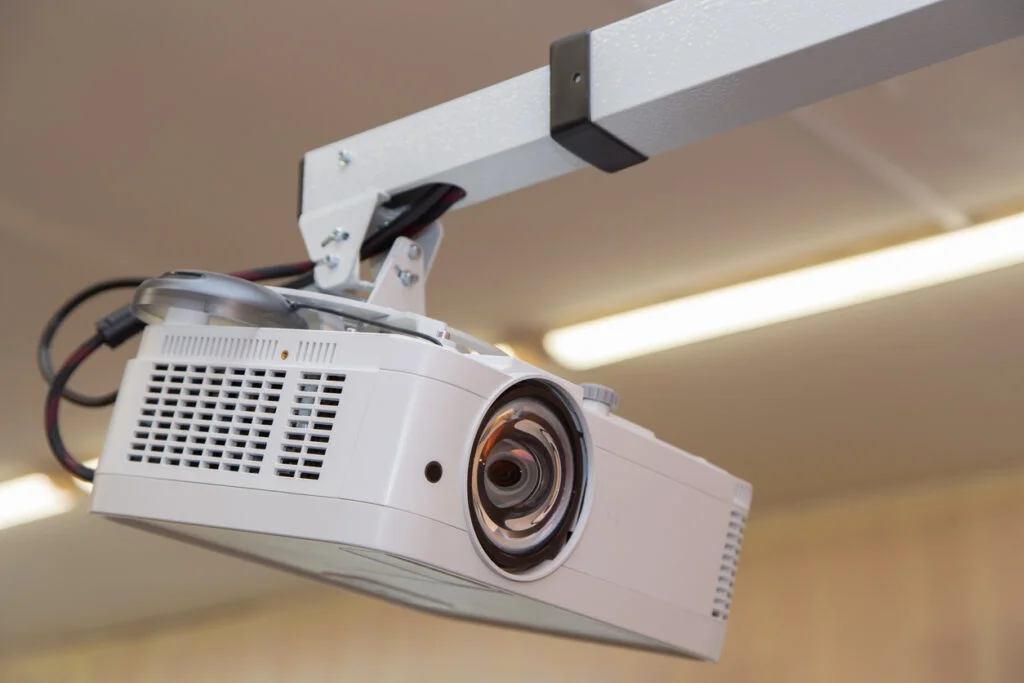
That hulking machine with its bright light and cooling fan transformed transparent sheets into classroom presentations, complete with teacher handwriting that looked enormous on the wall. The process of layering different colored transparencies to create complex diagrams was like watching magic happen, especially when teachers would dramatically reveal answers by sliding cover sheets away. The smell of warm plastic and the gentle hum of the cooling fan became the soundtrack for countless lessons and presentations.
Technical difficulties were part of the charm, with upside-down images, blurry focus, and the occasional transparency that would curl from the heat and ruin the entire presentation. Teachers would frantically adjust mirrors and lenses while we watched their giant shadows dance across the projected image, creating unintentional entertainment. The satisfying click of transparency sheets being stacked and the rustle of plastic storage sleeves marked the end of each lesson, leaving us with colorful afterimages burned into our retinas.
10. The Heavy Wooden Yard Sticks and Metal Rulers
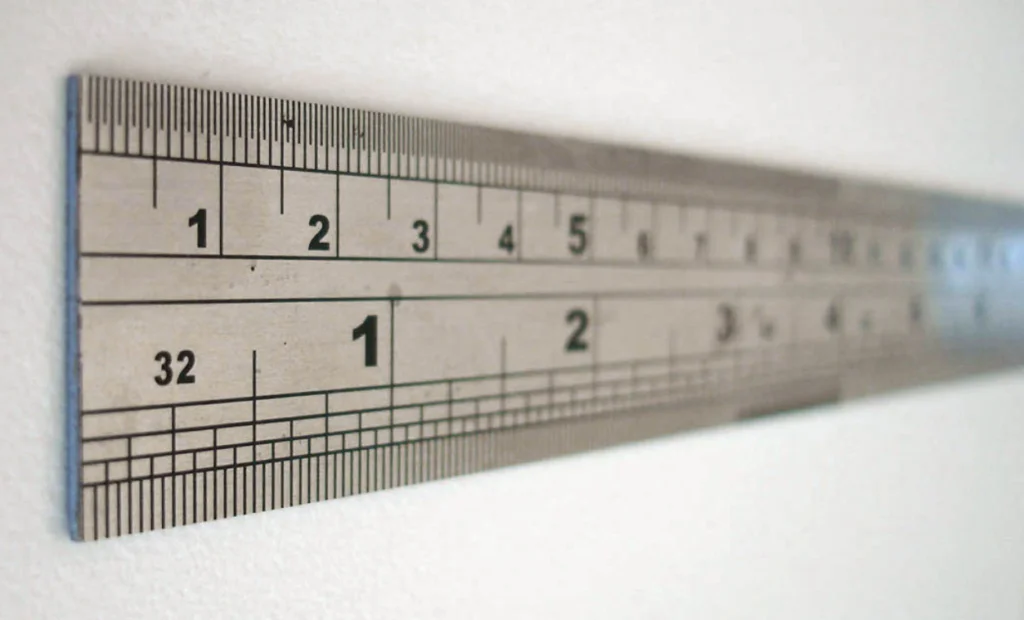
Those substantial measuring tools served double duty as educational instruments and subtle disciplinary reminders, commanding respect through their solid construction and impressive length. The wooden yardsticks, with their brass-tipped ends and clear numerical markings, were perfect for pointing at blackboard lessons or measuring everything from bulletin board displays to student height. The satisfying slap of wood against palm was a sound that immediately commanded classroom attention and reminded everyone of proper behavior expectations.
Metal rulers, with their sharp edges and cool touch, were precision instruments that doubled as straightedges for drawing perfect lines and unofficial weapons in desk wars between classmates. These tools taught us the importance of accuracy and measurement, while their substantial weight reminded us that school supplies were built to last. The distinctive sound of a metal ruler being dropped on a wooden desk could silence an entire classroom, creating an instant pause in whatever mischief was underway.
11. The Big Red Dictionary on Its Special Stand
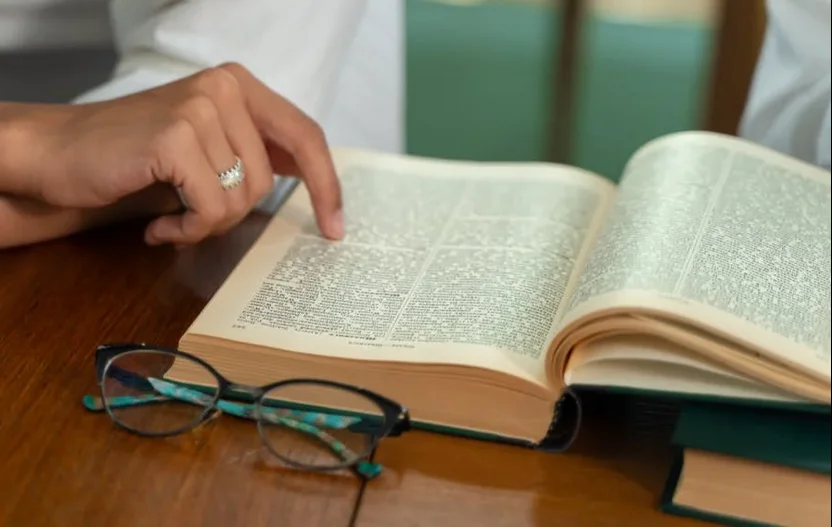
That massive tome, usually Webster’s, sat like a literary altar in the corner of every classroom, commanding respect through its sheer size and comprehensive knowledge. Students would approach it with reverence, carefully turning its tissue-thin pages to find the exact definition needed for assignments or settling classroom disputes about proper spelling. The distinctive smell of old paper and binding glue mixed with the weight of accumulated knowledge made consulting the dictionary feel like a sacred ritual.
Teachers would dramatically gesture toward the dictionary when students claimed a word didn’t exist or argued about proper pronunciation, settling debates with the ultimate authority of printed definitions. The ritual of looking up words taught us patience and precision, as well as the joy of discovering new words and meanings hidden between familiar entries. These hefty reference books connected us to a larger world of language and learning, proving that some questions required more than just raising your hand and asking.
12. Glue in Small White Bottles with Orange Caps
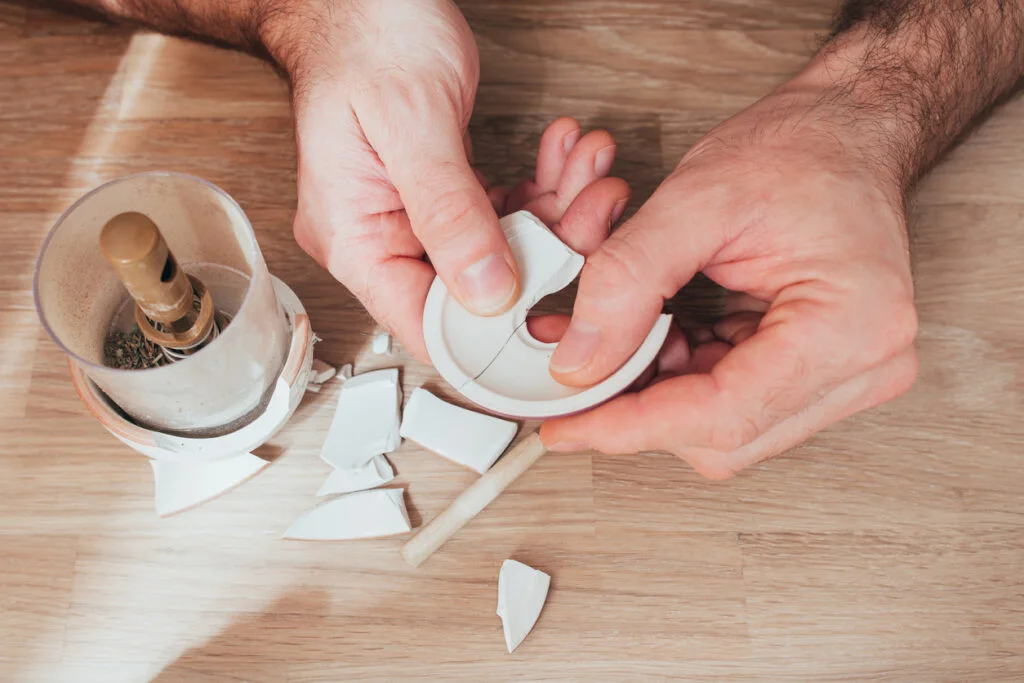
Those distinctive bottles of Elmer’s white glue, with their signature orange tops and cow mascot, were the workhorses of every art project and craft activity. The satisfying squeeze required to dispense the perfect amount of adhesive, followed by the distinctive smell that somehow managed to be both chemical and comforting, marked the beginning of creative endeavors. The orange cap, with its tiny hole that always seemed to get clogged, taught us the fine art of unclogging dried glue with paper clips and patience.
Everyone developed their own glue application technique, from neat dots to elaborate patterns that were more art than adhesive, and we all learned the hard way that more glue didn’t necessarily mean better sticking power. The bottles would accumulate mysterious stains and crusty caps that told the story of countless projects, and the gradual emptying of each container marked the progress of our artistic education. These simple white bottles, with their unmistakable smell and reliable performance, became the foundation for creativity and the source of countless sticky-fingered memories.
Those sensory-rich school days created a foundation of memories that modern students will never experience in quite the same way. The smells, sounds, and textures of our educational environment were as much a part of learning as the lessons themselves, creating multi-dimensional memories that still make us smile decades later. Maybe progress isn’t always about replacing the old with the new, but about appreciating the simple, sensory pleasures that made learning an adventure for all our senses.
This story The Chalk Dust Was Everywhere: 12 School Day Memories That Still Smell Like Elmer’s Glue was first published on Takes Me Back.


